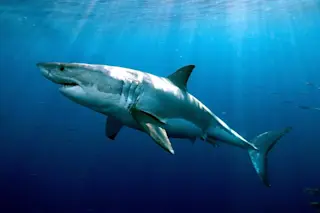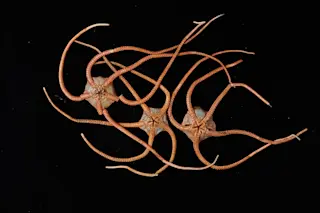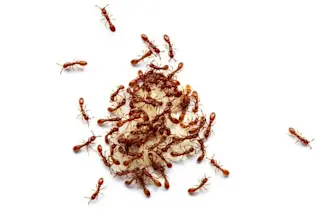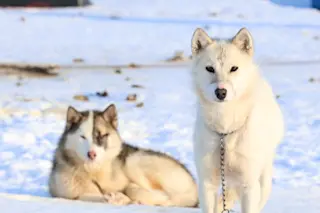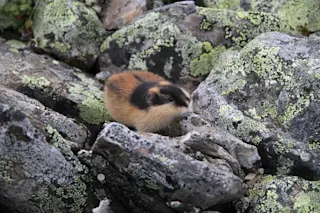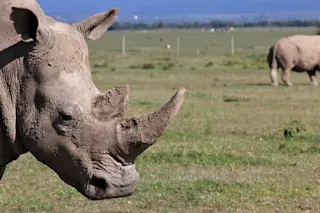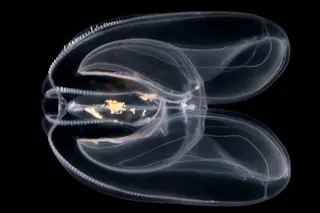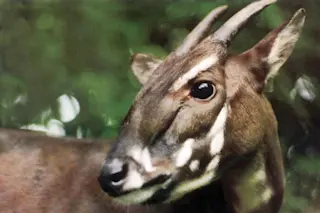The idea of being able to precisely control plant height might not sound that exciting at first, but ... what if your lawn just couldn't grow into a scraggly forest of grass, staying short and neat without ever needing mowing? Or what if crops could be made to grow larger, producing more food per acre?
As plant scientist and Howard Hughes Medical Institute investigator Joanne Chory explains, these aren't fantasies. She and her team at the Salk Institute have clarified the signaling pathway of a class of plant hormones called brassinosteroids that play a central role in regulating plant stature. These steroids are so important in telling plants to grow that disrupting the pathway turns plants into tiny dwarves.
"Every cell is smaller than it should be, and though it looks exactly like the big plant, it's just like a tiny little bonsai version," says Chory.
Applying this to plants ...



